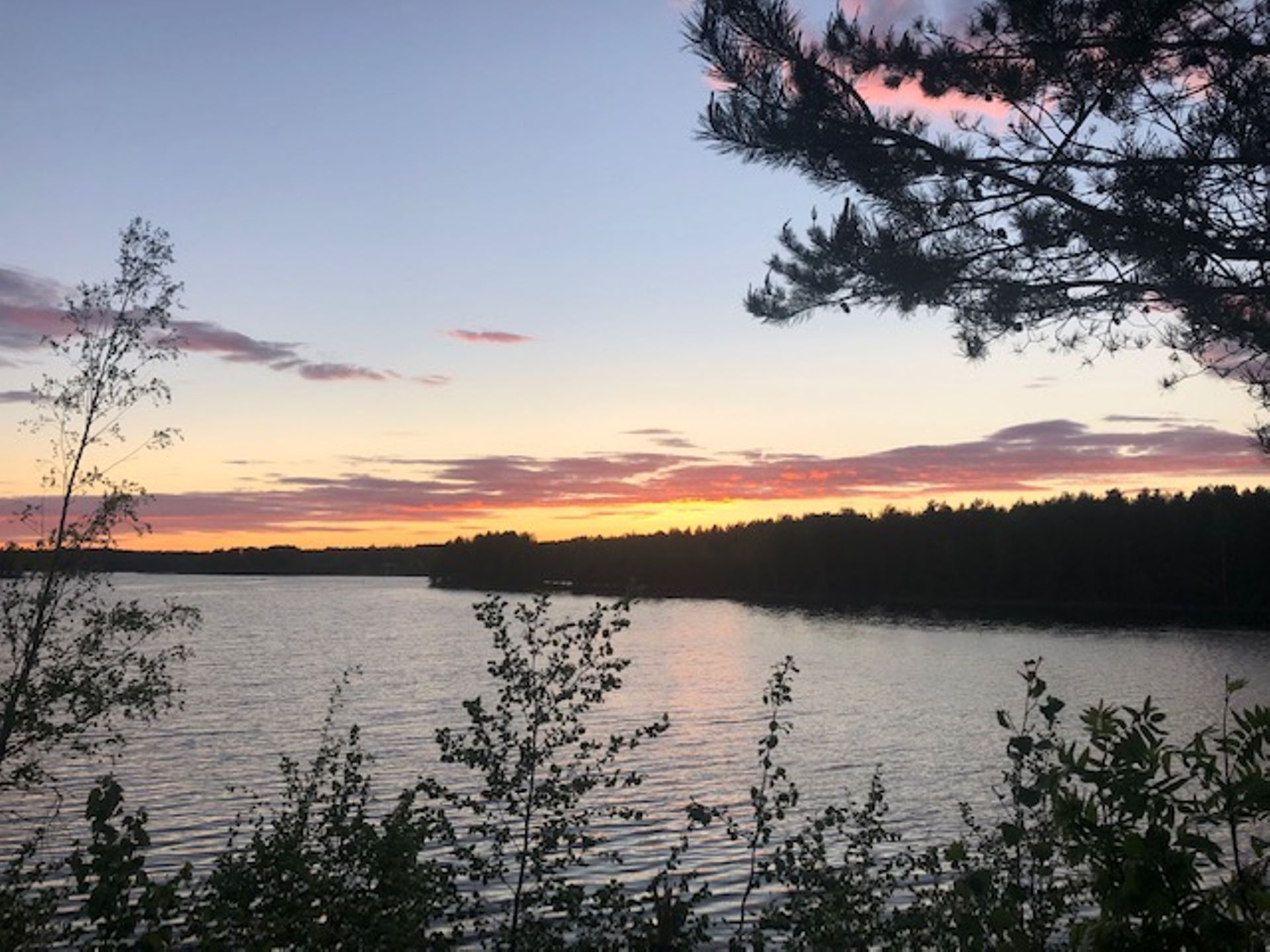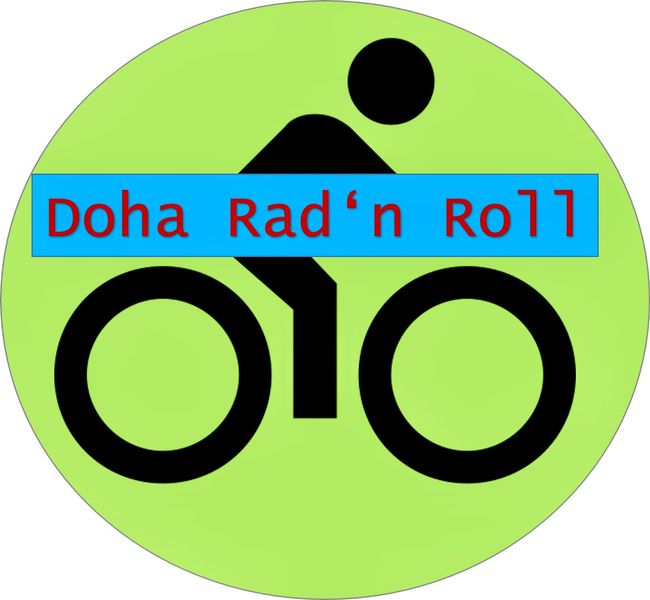Three days of travel - Graz / Ptuj / Legrad
Pubblicato: 26.05.2023
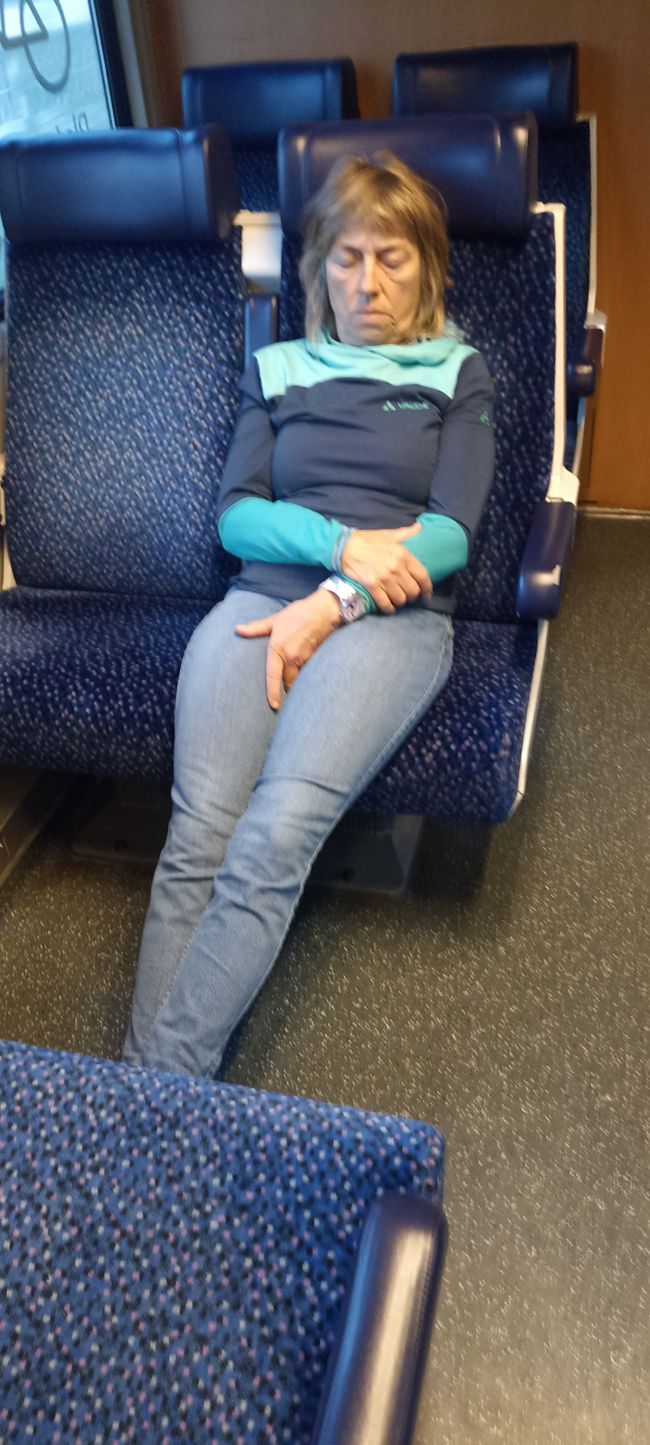
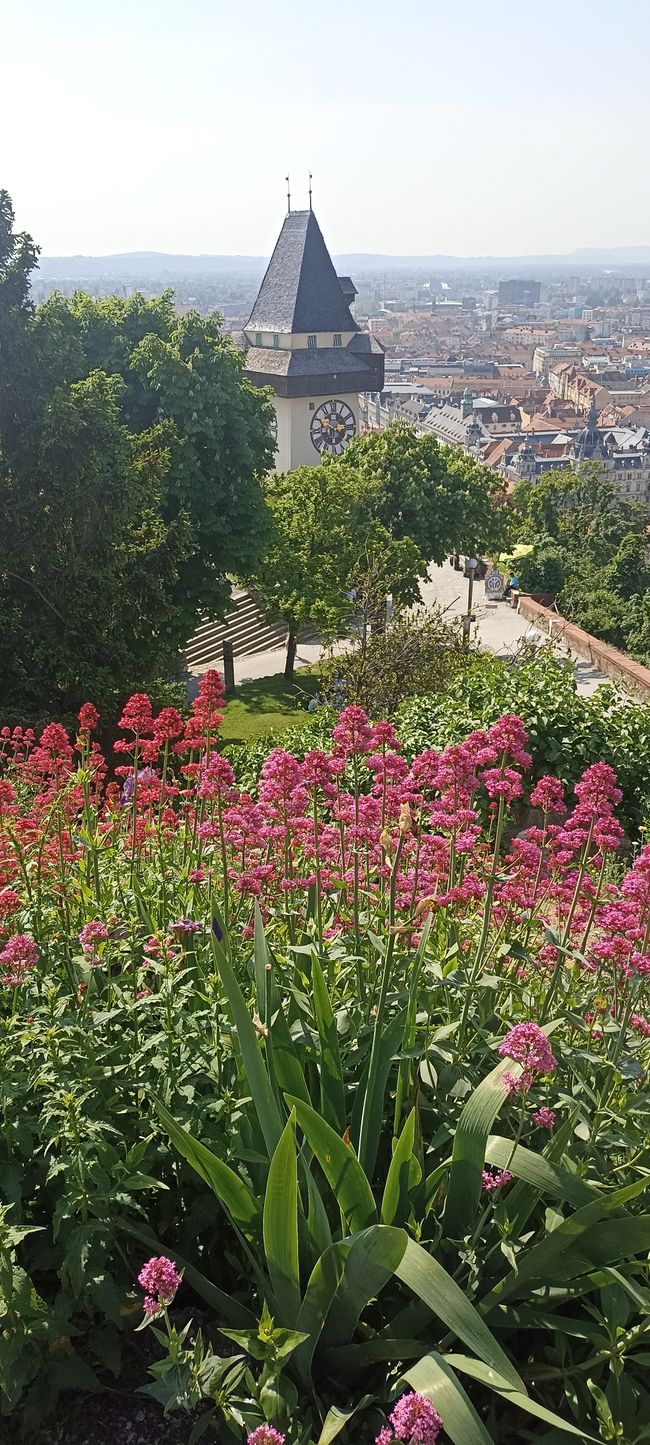
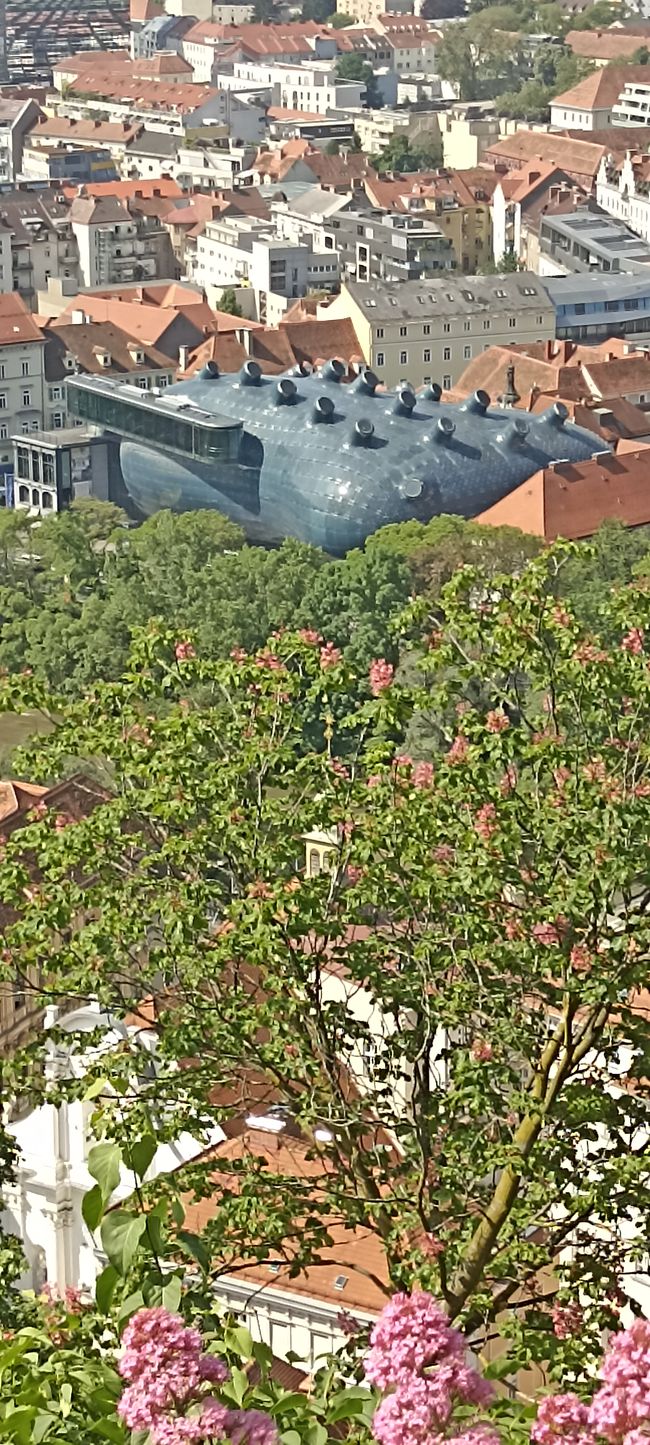
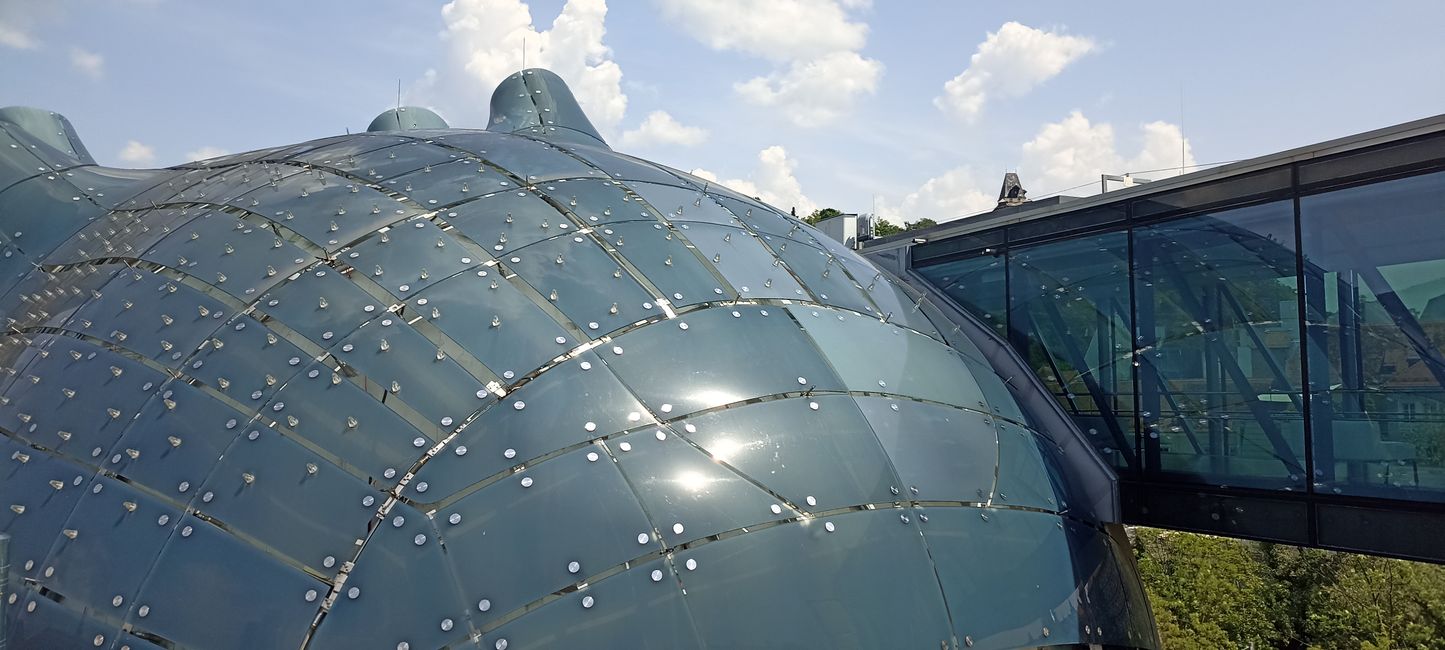
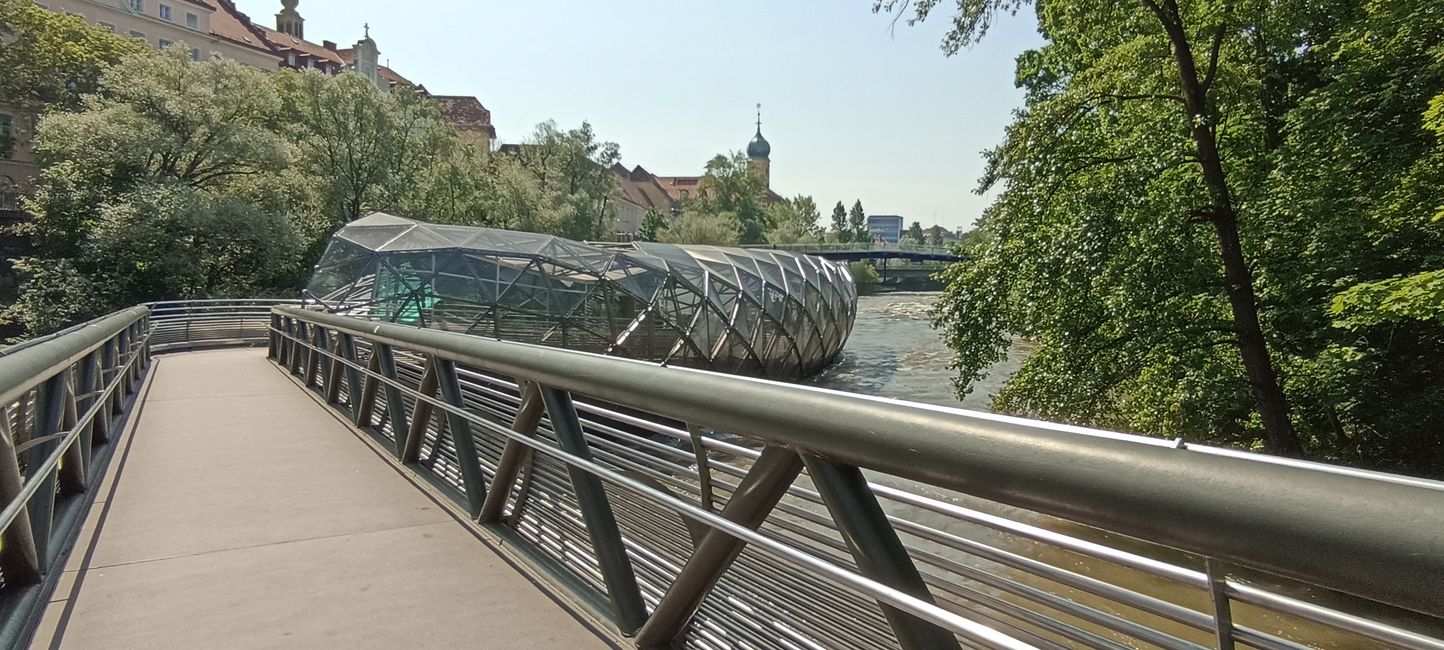
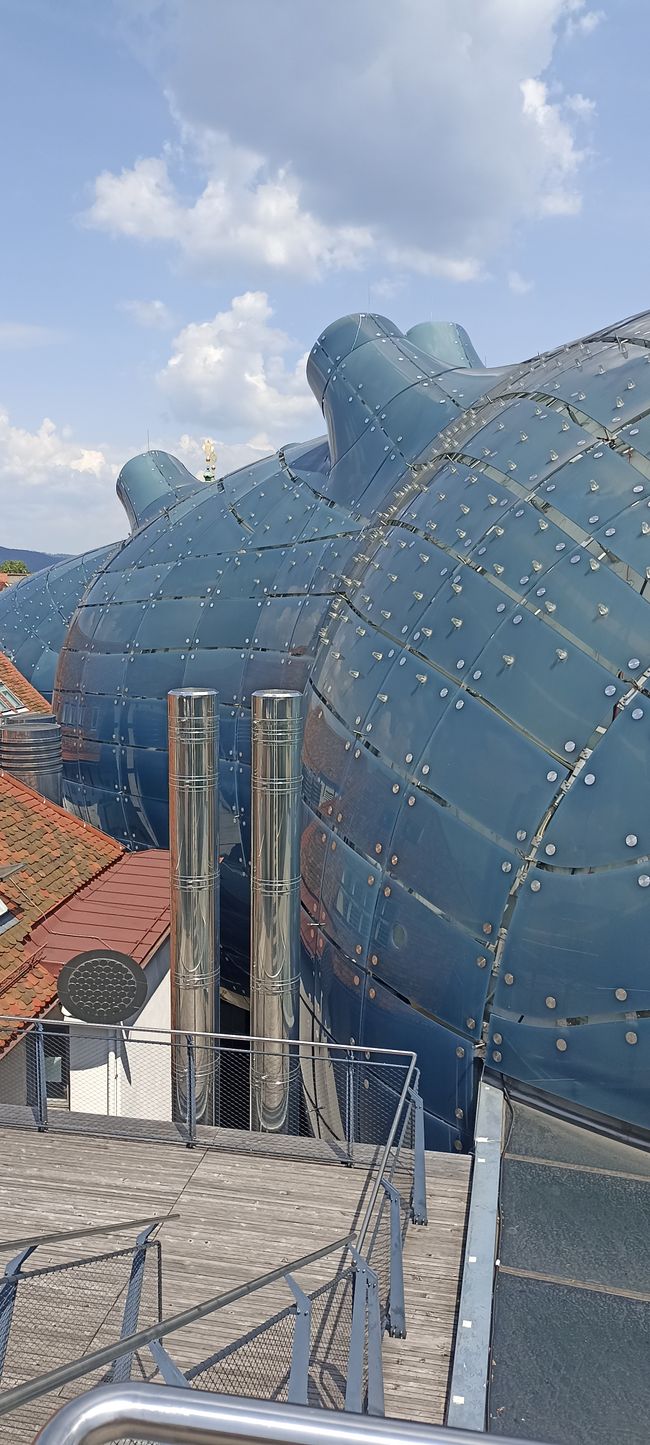
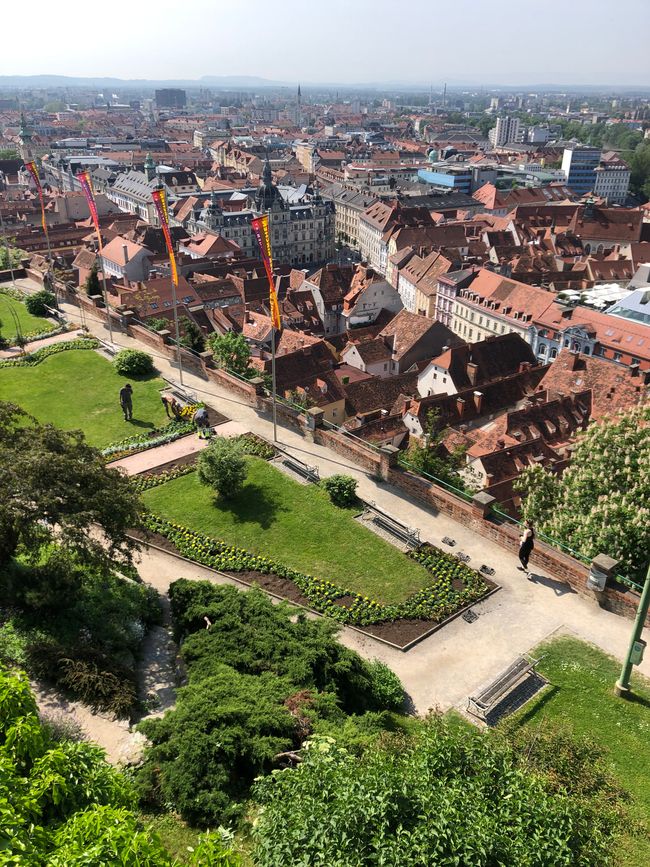
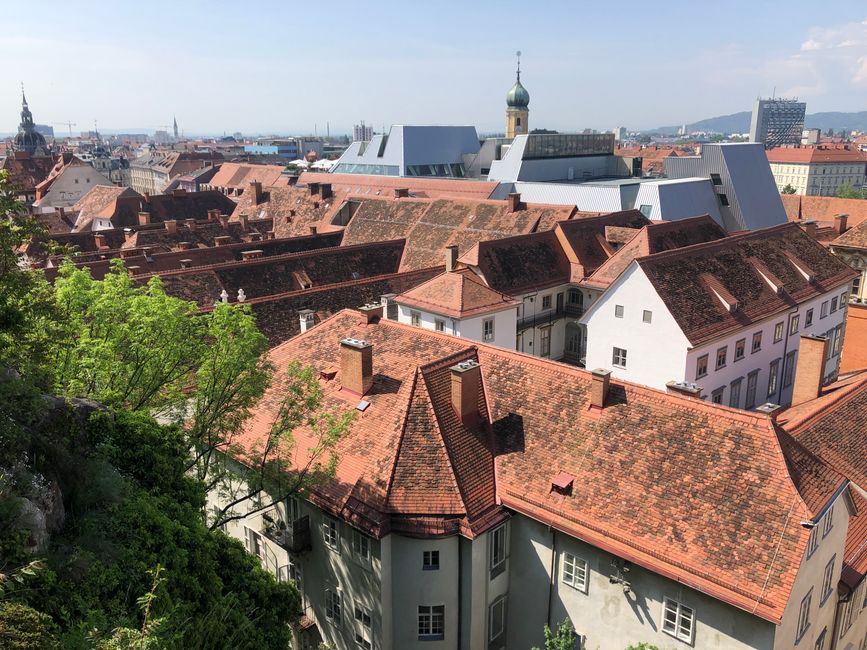

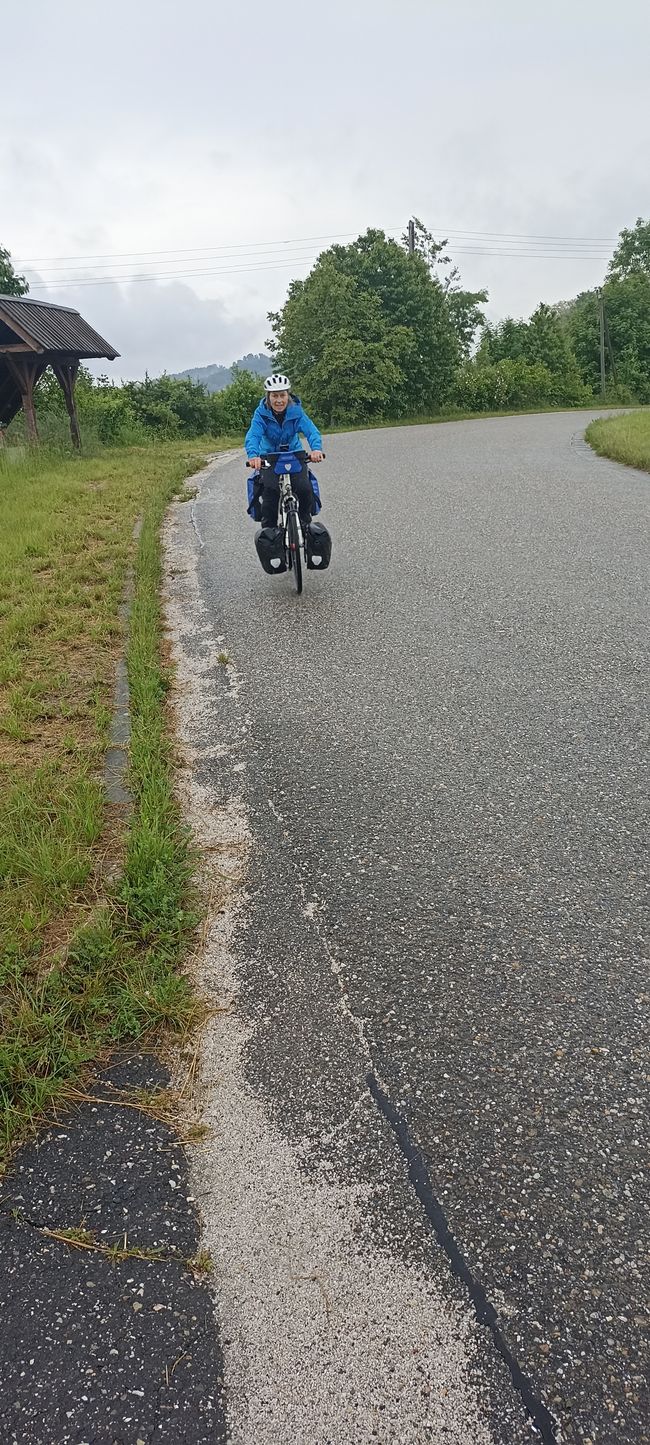
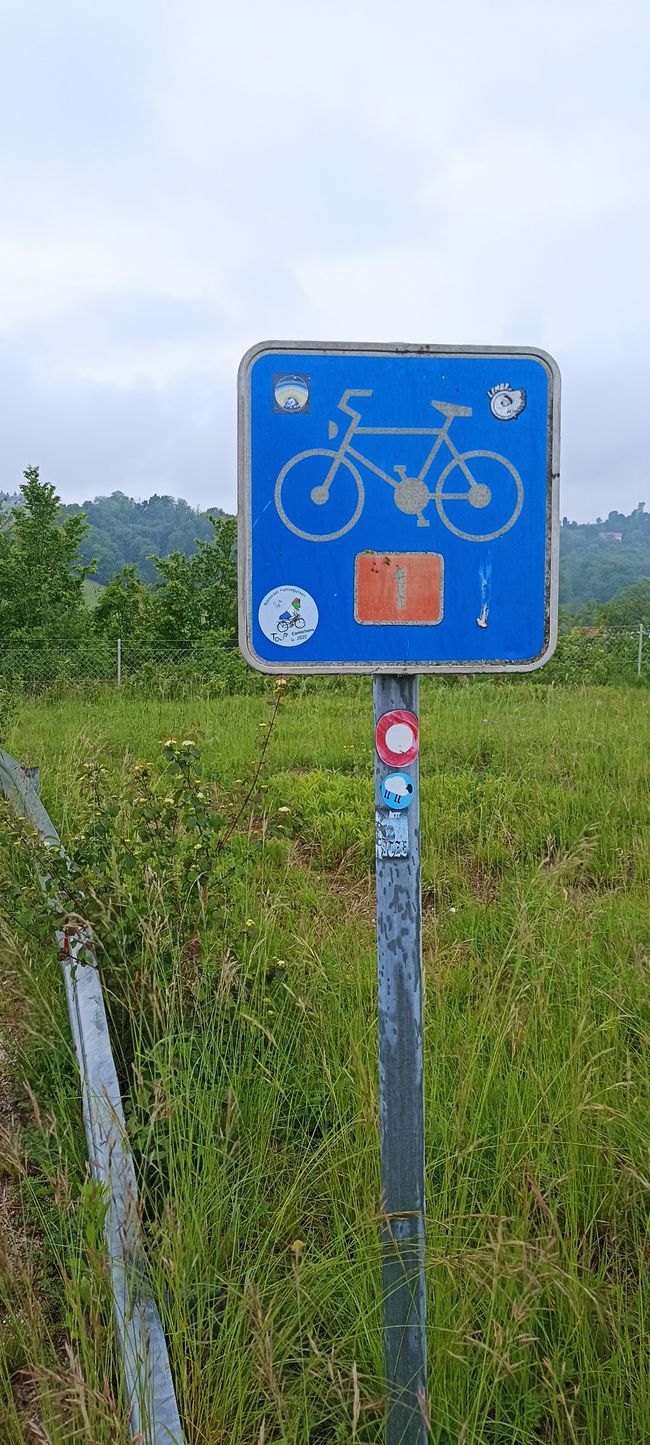
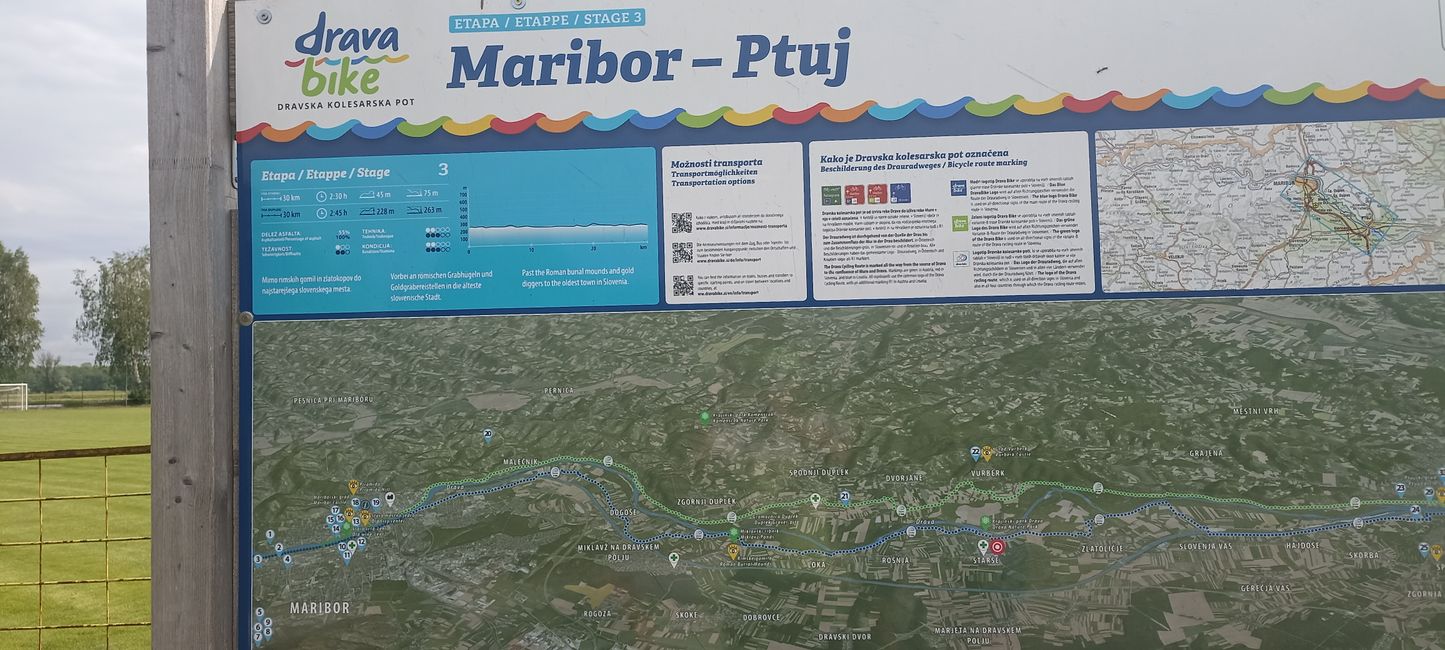
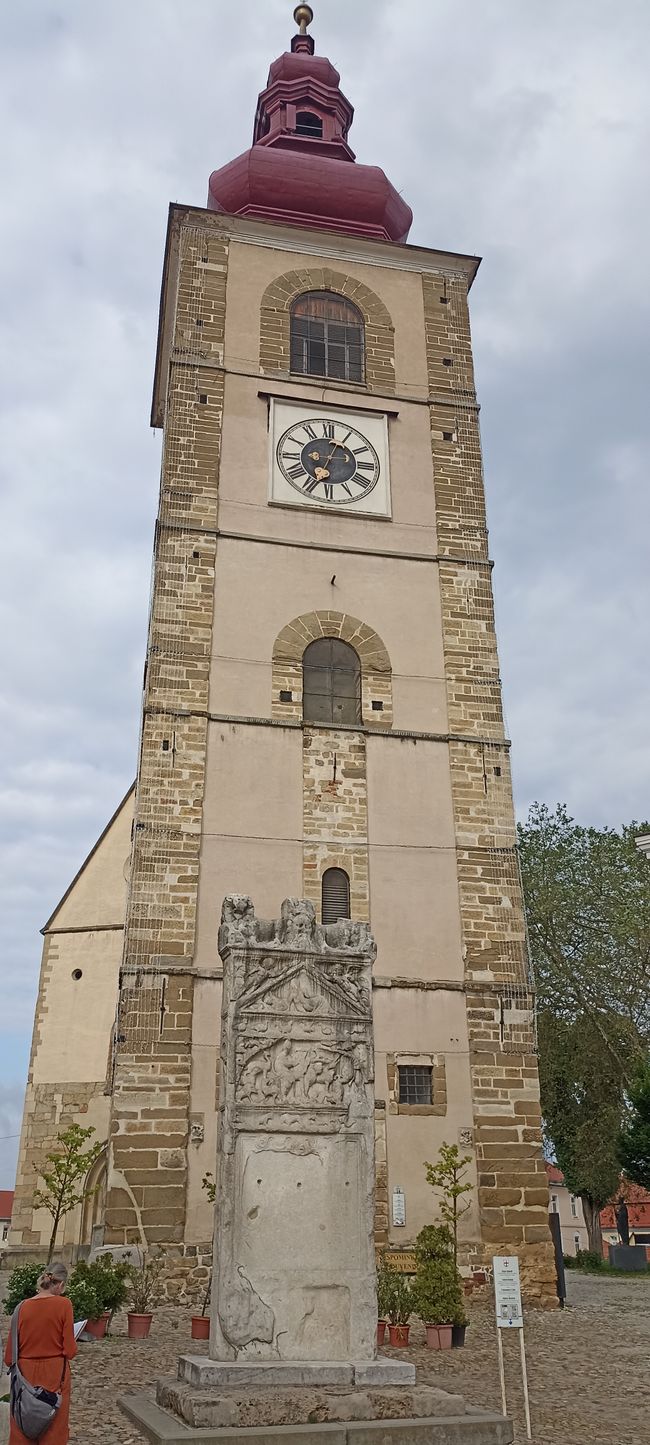
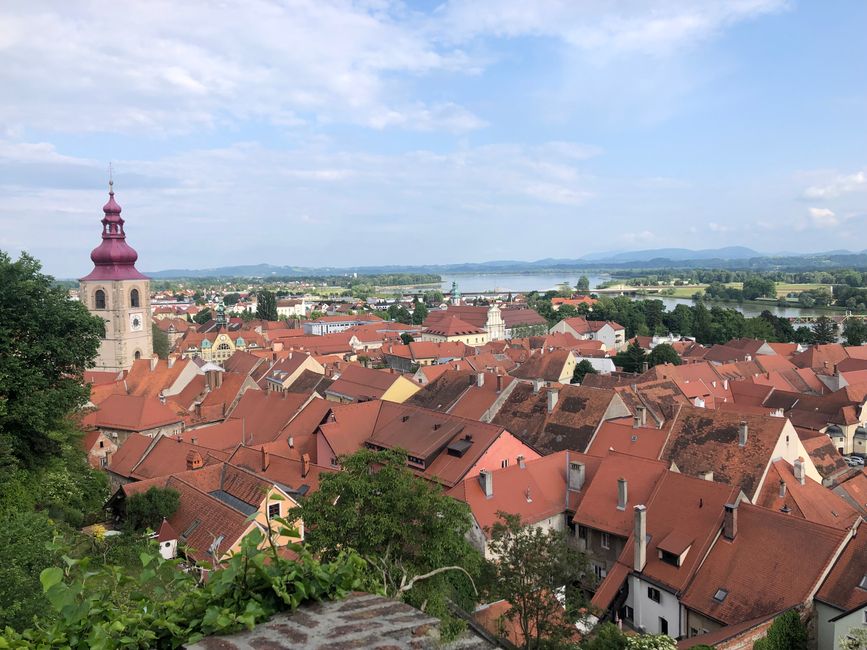
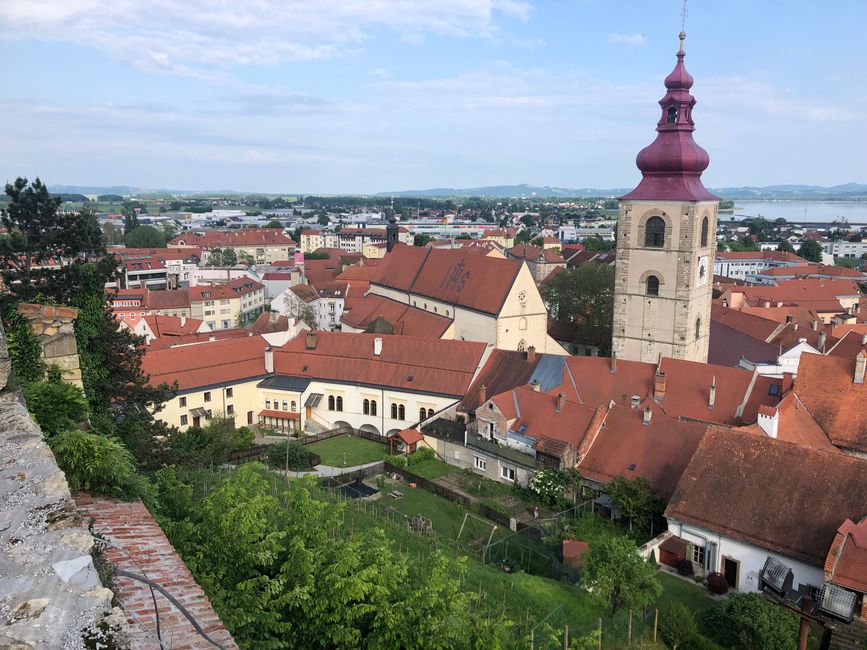
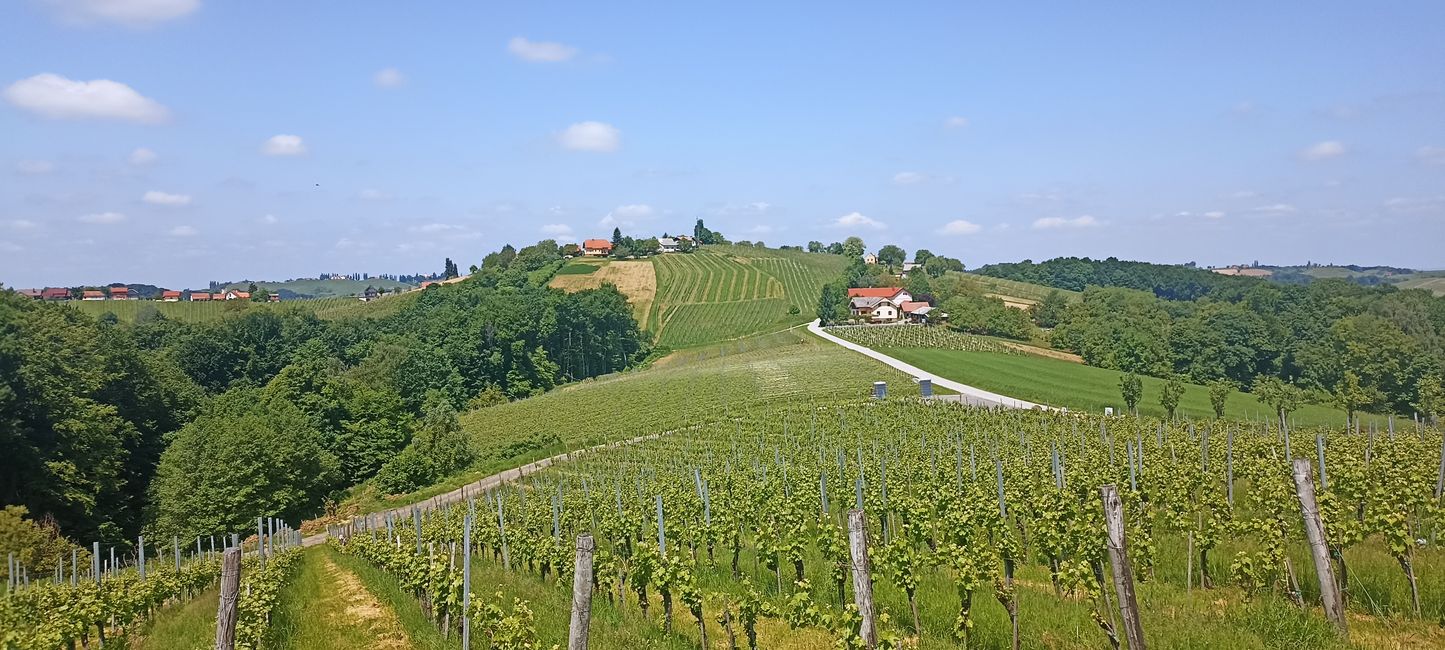
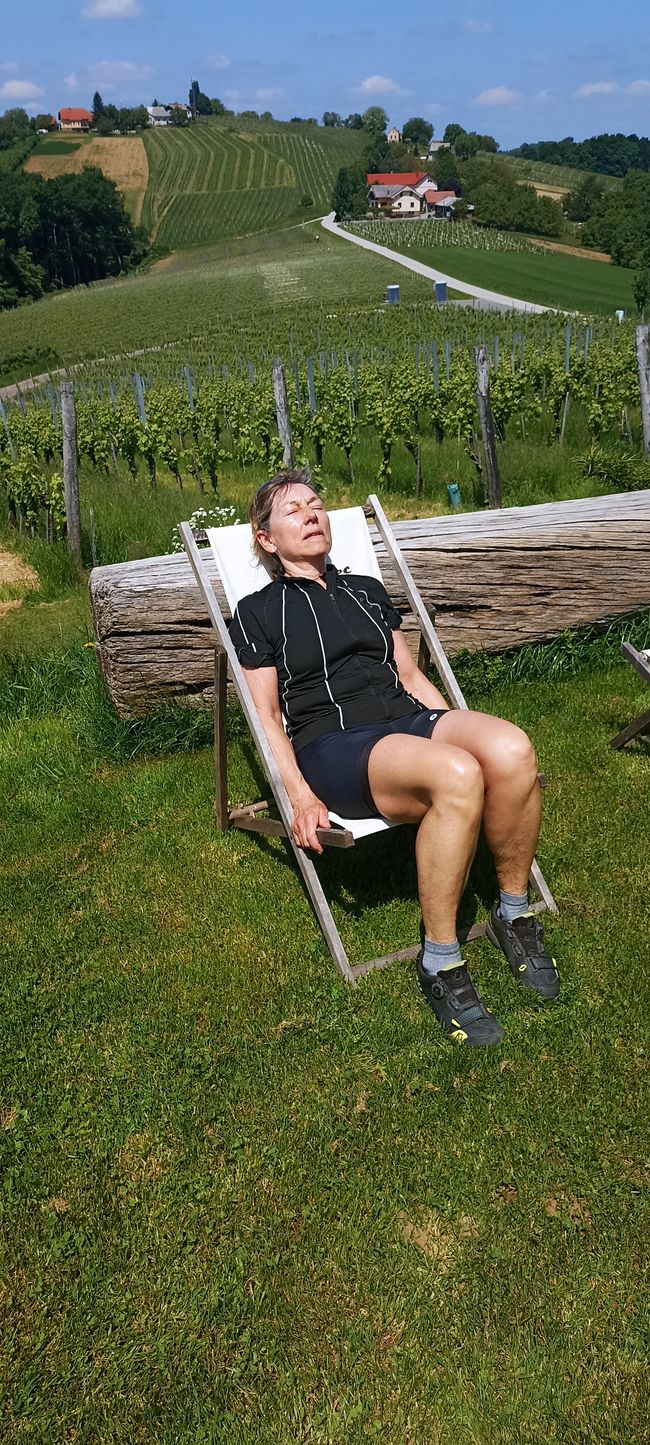
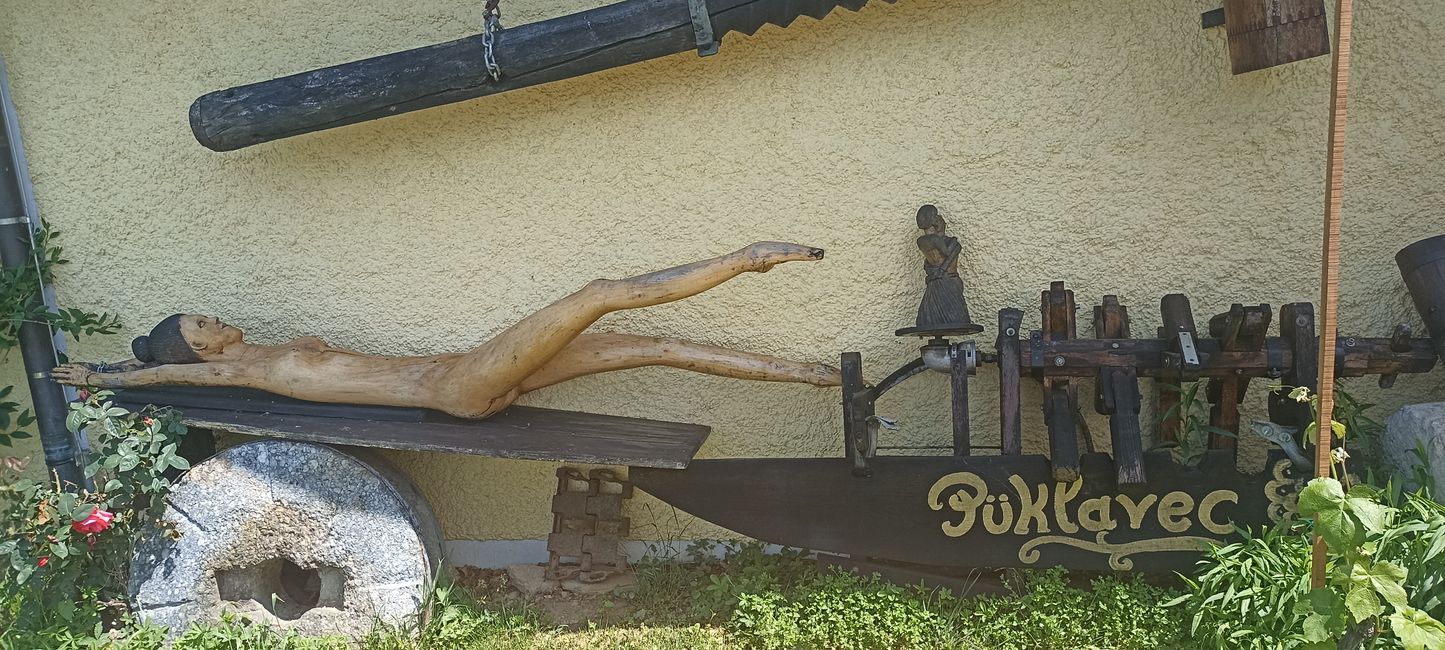
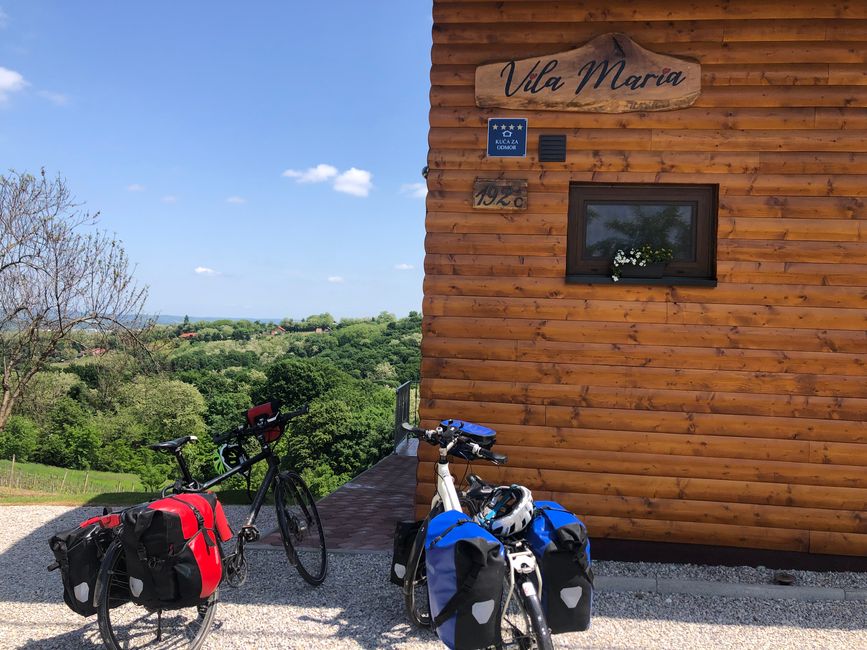
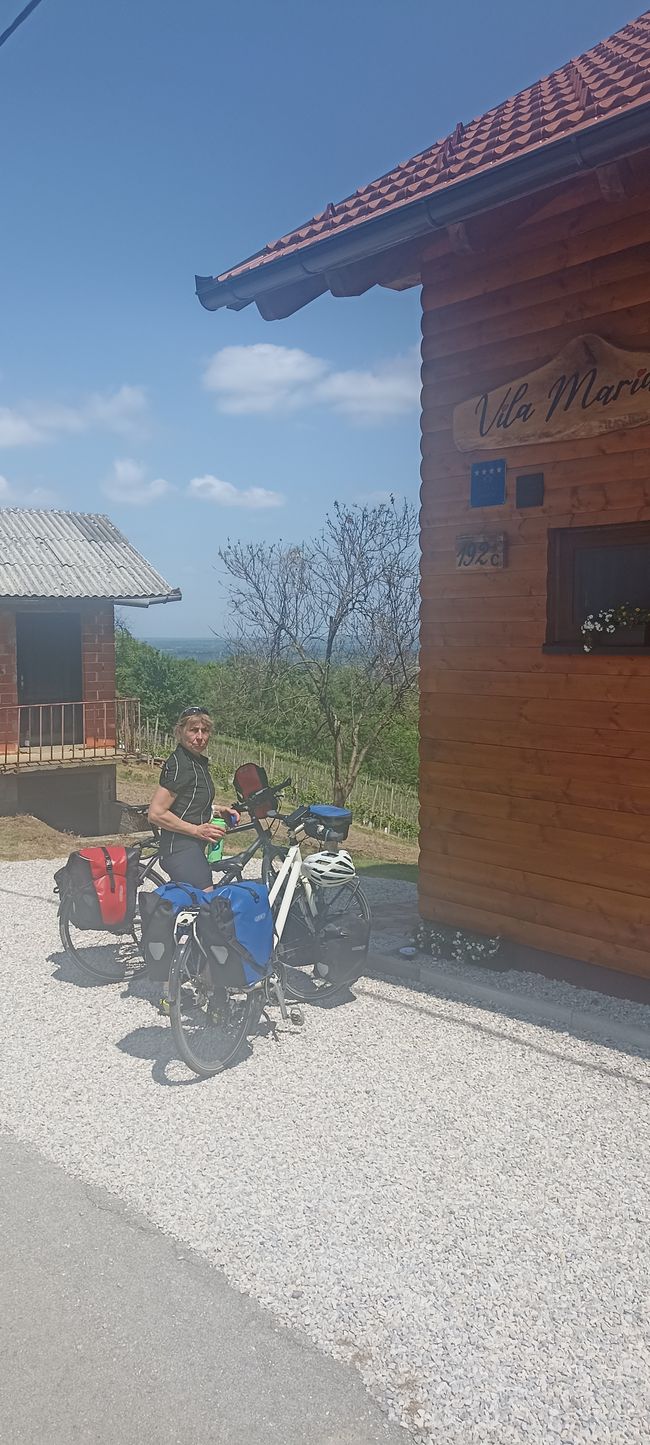
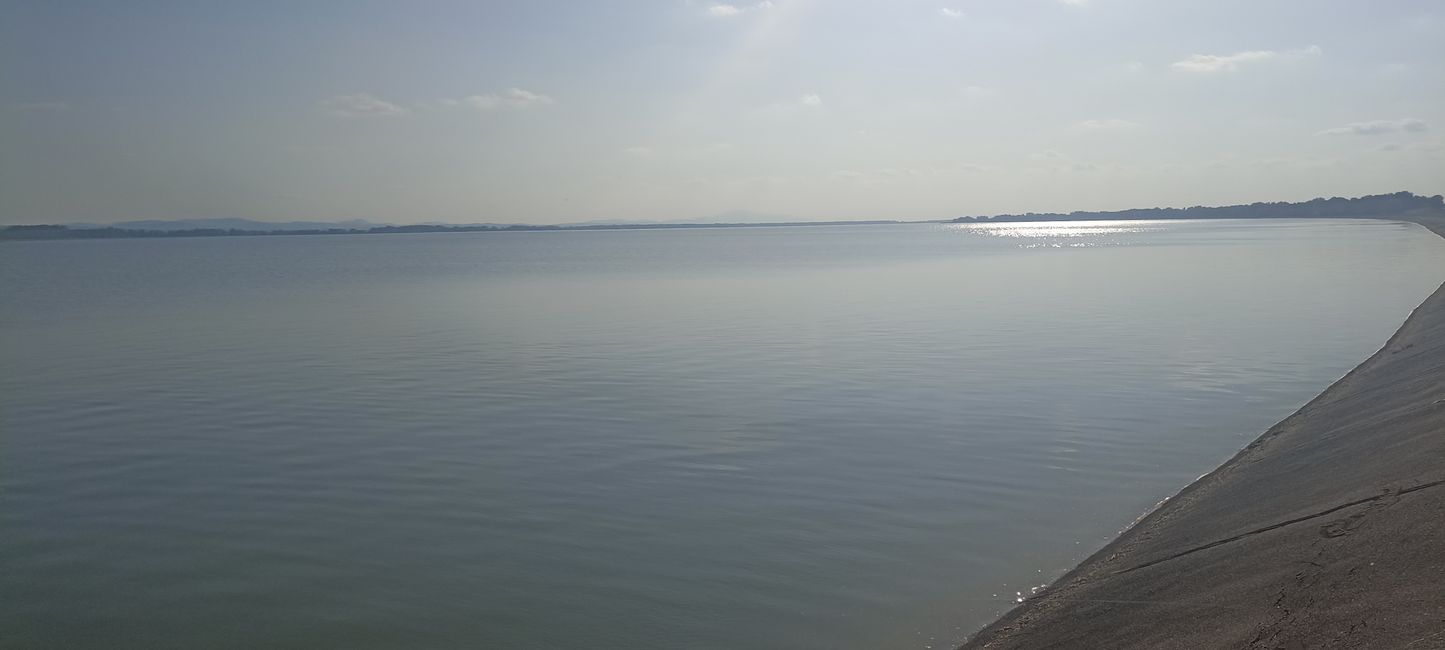
Iscriviti alla Newsletter
We had imagined it all very comfortably: taking the night train to Graz, arriving well-rested in the morning and enjoying the first day in Graz. But due to a landslide, a rail replacement service with buses was set up between Landeck and Ötztal. In the comfortable compartment with beds, we can only go as far as Landeck, shortly after midnight we get off at the station forecourt, where three buses are waiting, which are already quite full until we arrive with our heavy bikes. There were no clear statements from ÖBB in advance as to whether our bikes would be taken. But the bus drivers are friendly and helpful, Dominique finds a place in the aisle of the postal bus, my bike is stored in the luggage compartment of the coach. Half an hour later we are in Ötztal, where two trains with old carriages are ready for the onward journey to Vienna or Graz. There are no sleeping cars, but at least two bike spaces. So we have to spend the night on uncomfortable seats, no age-appropriate sleep. We reach Graz on time early in the morning and immediately find the hotel where we can store our luggage.
Day 1: Graz
Our hotel is right next to the Kunsthaus, the "friendly alien", an impressive building on the banks of the Mur. It was built in 2003 when Graz was the European Capital of Culture. Later we take part in a guided tour of the architecture of the house, which consists of several 'bubbles' covered with blue-transparent plexiglass as an outer skin. On the roof there are 15 nozzles, light inlet nozzles that open the roof structure. Not far from the Kunsthaus there is another modern building that was also built for the Capital of Culture year - the Mur Island. In the Mur there is a 50 m long and 20 m wide mussel shape with a café and an open-air theater, which can be reached on comfortable footbridges from both banks. We climb the Schlossberg, which offers a beautiful view of the city. From up here you can see the impressive ensemble of roofs in the old town, which is one of the reasons why the historic old town of Graz was declared a UNESCO World Heritage Site in 1999. Artful facades and magnificent architecture from the Renaissance, Gothic and Baroque periods make up supposedly the best-preserved city center in Central Europe. The Uhrturm, the landmark of Graz, is also located on the Schlossberg.Day 1 on the bike: Graz - Spielfeld - Maribor - Ptuj 105 km
In gloomy weather and cool temperatures, our journey starts on the bike. On the well-signposted Mur cycle path R 2, we leave Graz in the direction of the east. After almost an hour, we are confronted with something that we "missed" last year - rain. So we can immediately test our equipment and realize that everything is watertight. The cycling group from the Graz Police Sports Club is not so well equipped and soon turns off at the cyclists' meeting point in Kalsdorf. After an hour, we can take off our rain pants and gaiters again. Every now and then we meet other cyclists, as the Mur cycle path, like so many river cycle paths, is very popular. After fifty kilometers on level ground, we turn off in Spielfeld towards the Slovenian border, where the drizzle starts again, which accompanies us for the next two hours. We cycle on the Slovenian cycle path 1 and tackle the first meters of altitude shortly after the border and before Maribor. There we meet again the route that we took last year, the circle closes. An underpass for cyclists is flooded, so we have to use the expressway, which prompts some motorists to honk. But it doesn't take long until we are back on the cycle path and then in Maribor. There we quickly find the Drava cycle path, which we follow on mostly gravel paths through the idyllic river landscape to Ptuj. There we have a nice accommodation in a former monastery with a native of Stuttgart, whose father worked as a guest worker at Neoplan. In the evening the sun comes out and we take advantage of the beautiful evening atmosphere for a walk up the castle hill with the castle, which was built in the 12th century by the Counts of Pettau. During their rule, monastic complexes of the Minorites (Franciscans) and the Dominicans were also created. The place gained importance during the time of the Roman Empire, as evidenced by the Orpheus monument on the town square. Later, the city belonged to the Archdiocese of Salzburg, the Duchy of Styria, and the Habsburg Monarchy. So it is not surprising that more than 80% of the population were German-speaking until the beginning of the 20th century. Since 1945, the city has been inhabited almost exclusively by Slovenes.Day 2 on the bike: Ptuj - Vila Maria - Legrad 120 km
In the morning, the priest of the parish, who runs the pension, tells us a lot about the history of Ptuj and the importance of the monasteries. The part of the parish where our accommodation is located belonged to the Capuchin order for a long time, which finally bid farewell to Ptuj in 2016 and handed over its possessions to the Minorites. After lengthy consideration, this guesthouse in historic walls is created. We cycle on the well-signposted Drava cycle path to Ormoz, where we then turn towards the wine regions of Slovenia and Croatia. This also means that many steep climbs await us, but also beautiful views. It looks like in the southern Black Forest and the Markgräfler Land. We take on the hardships of the ascent because we want to visit Maria and Josef in Grabovniak, who have been working at the Eigerstübli in Mürren for many years. We had agreed on this vaguely, but when we arrive at Vila Maria puffing and sweating, we learn that the two of them have already set off for Mürren today. On our onward journey, we still have more steep climbs to tackle before heading back towards the Drava. But even in the flat there are still 40 km to Legrad, where we stay in the beautiful Legradanka guesthouse. In the middle of nowhere, at the confluence of the Mur and Drava rivers, right on the Croatian-Hungarian border, the star chef Erich Glavica has created a beautiful refuge where he looks after and trains 270 international chefs in his cooking school. He cooks excellent meals for us, so that we quickly forget the hardships of the day.Iscriviti alla Newsletter
Risposta
